Have you ever put up a bird house and watched impatiently waiting for a bird to claim it as their own? As you watch the birds fly across your yard and eventually find the house, what kind of bird do you see claim it? Have you seen a hummingbird use a bird house in your yard? In this blog post, we’ll explore whether hummingbirds nest in bird houses, share tips on attracting these remarkable creatures to your yard, and discuss various types of birds that may nest in bird houses. Let’s begin!
Do Hummingbirds Nest in Bird Houses?

The reason you probably haven’t seen a hummingbird make use of your bird house is because hummingbirds do not nest in bird houses that are human made! No matter what shape, color, or size a bird house is, hummingbirds will ignore its presence in your yard. Hummingbirds are not like wrens, sparrows, and chickadees who are considered cavity nesters that look for small, dark places, like bird houses, to build a nest. Hummingbirds prefer to build their nests near water and in secluded locations, such as in high tree branches, shrubs, or even under eaves. These nests are cup shaped, made from soft, natural materials like plant down, feathers, and spider silk, and are often camouflaged with lichen or moss to blend in with their surroundings.
How Can I Attract Hummingbirds to My Yard?
Creating a welcoming habitat for hummingbirds involves a few key elements that cater to their unique needs. Here are some tips to entice these delightful creatures to grace your yard with their presence. Remember, attracting hummingbirds requires patience and consistency. Once they discover your yard as a reliable food and shelter source, they will likely become regular visitors, bringing joy and wonder to your outdoor space.

Plant Vibrant, Nectar-Rich Flowers
Hummingbirds are attracted to vibrant, tubular flowers that provide them with a generous supply of nectar. Some popular choices include trumpet vine, bee balm, salvia, honeysuckle, and cardinal flower. Planting a diverse array of these flowers will ensure a steady source of nourishment for these tiny birds.
You should also consider the color of the flowers you are planting when trying to attract hummingbirds. They are drawn to bright colors like red, orange, pink, and purple, so by planting flowers in those hues, it’s likely hummingbirds will enjoy spending time in your backyard. You can also add some decorative accents such as gazing globes and outdoor statues in these colors to draw them in.
Hang Hummingbird Feeders
Supplementing natural nectar sources with hummingbird feeders can be a great way to attract them. Opt for feeders with bright red accents and a sweet nectar solution (a mixture of four parts water to one part white granulated sugar) that mimics the natural nectar they seek. Remember to clean the feeders regularly to prevent the growth of harmful bacteria.
Provide Water Sources
Hummingbirds enjoy bathing and drinking from shallow sources of water. Consider adding a birdbath or small fountain to your yard, making sure to keep the water fresh and clean. The sound of trickling water can be added to entice birds. Spitters and misters can also be helpful ways to add water for the hummies to drink.
Create Sheltered Areas 
Hummingbirds seek shelter from harsh weather and potential predators. Planting shrubs and trees around the perimeter of your yard will provide protective cover for these tiny birds. Hummingbirds frequently build nests in tall trees with slim branches that create a fork. Consider leaving some spider webs intact around your yard as hummingbirds often use them as construction materials for their nests. Additionally, you could also leave some common household debris such as string pieces, animal fur, hair from your brush, lint, and cotton pieces laying out for hummingbirds to use to build nests.
Keep your pets out of covered places hummingbirds might like to go so they don’t get scared away from your yard. It’s also a good idea to keep large insects like praying mantises, hornets, and wasps away from nesting and feeding areas, as they can attack or even injure hummingbirds.
What Types of Birds Will Nest in a Bird House?

While hummingbirds may not typically nest in bird houses, many other bird species readily embrace these cozy dwellings. Some common birds that are often attracted to bird houses include bluebirds, chickadees, titmice, wrens, and swallows. Eastern and western bluebirds are known for nesting in bird houses. Providing an appropriately designed and placed bluebird house can attract these stunning birds to your yard. Black-capped chickadees, Carolina chickadees, and tufted titmice are small songbirds that often use birdhouses for nesting. Their cheerful presence and sweet melodies can create a lovely ambiance in your backyard. House wrens and Carolina wrens are renowned for their love of bird houses. Their energetic nature and songs will brighten up any garden. Tree swallows, barn swallows, and violet-green swallows are also agile aerialists that often seek bird houses for raising young.
While hummingbirds may not nest in birdhouses, you can still create an inviting haven for these remarkable birds by planting nectar-rich flowers, hanging hummingbird feeders, providing water sources, and creating sheltered areas. We hope these tips help you to watch hummingbirds on your patio or yard all summer long! Happy birdwatching!
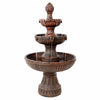
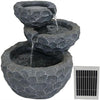
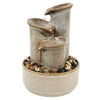

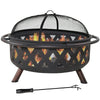
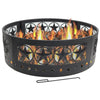

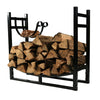
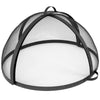
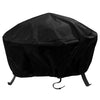
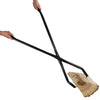
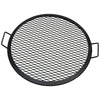
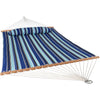
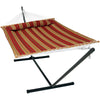
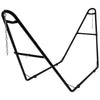

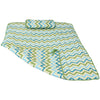
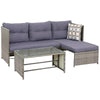
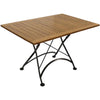
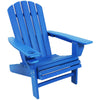
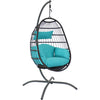

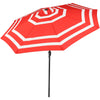
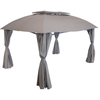

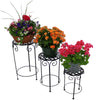
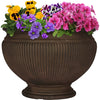
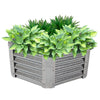
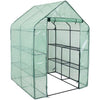
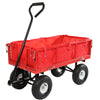
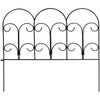
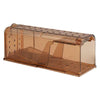
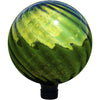
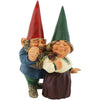

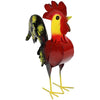
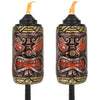

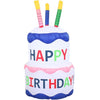
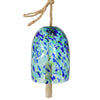


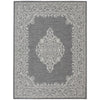
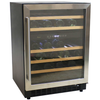
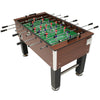
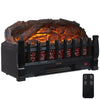
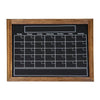





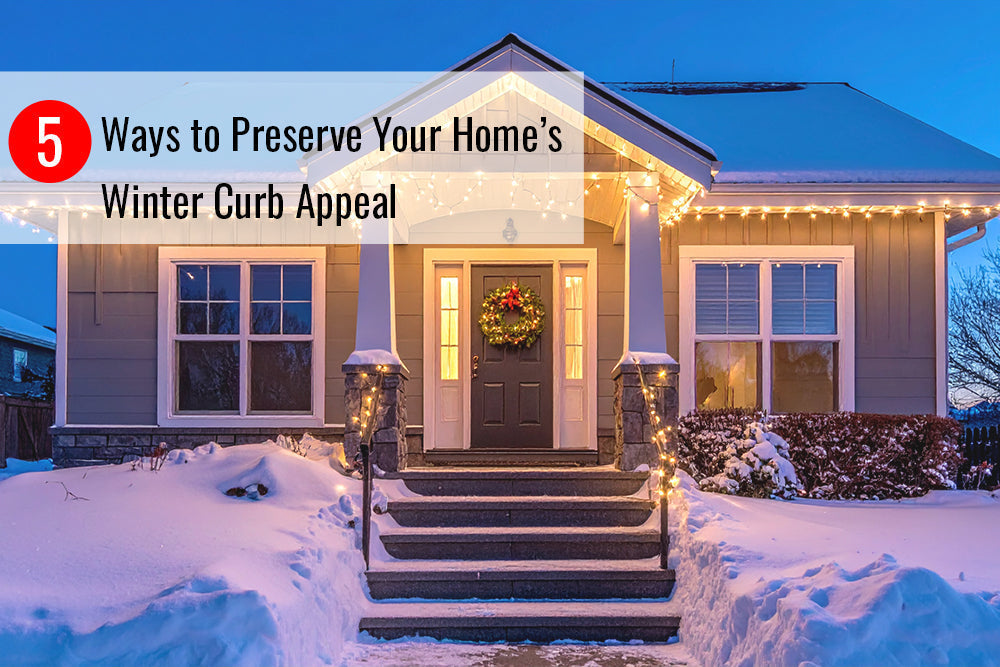
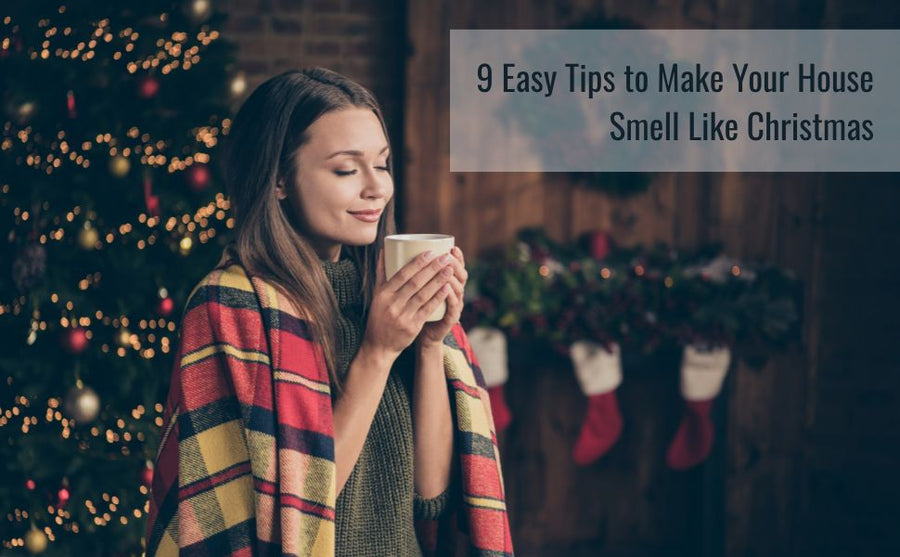







1 comment
Birdlover69
Very good blog, I love birds I really love birds, very good, good blog,very useful and information